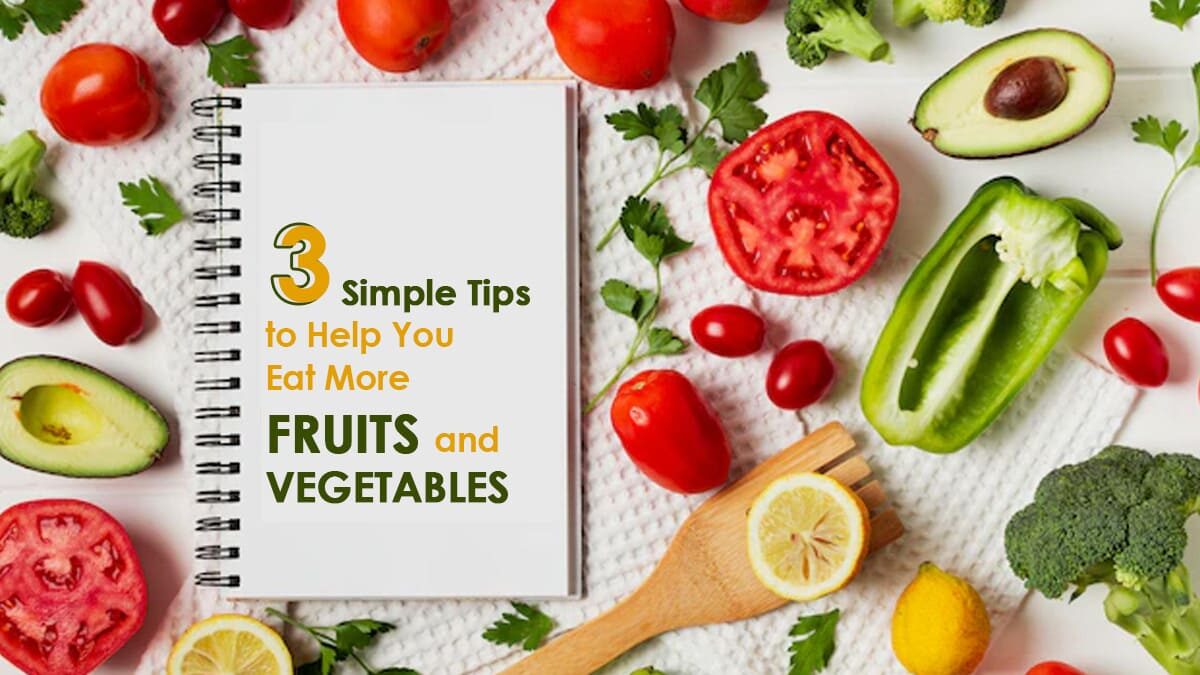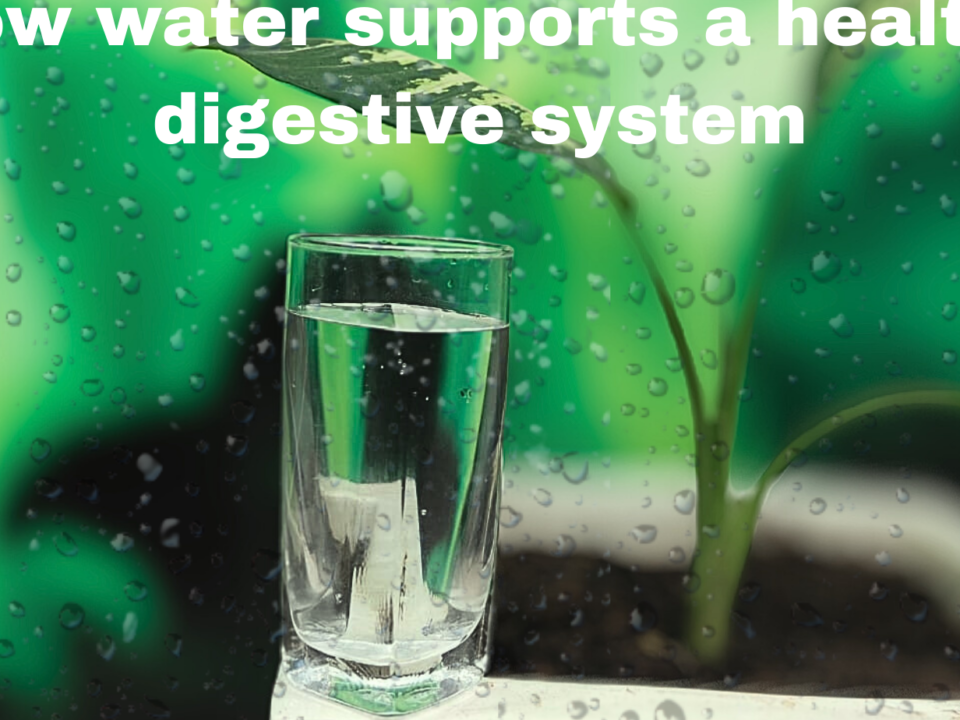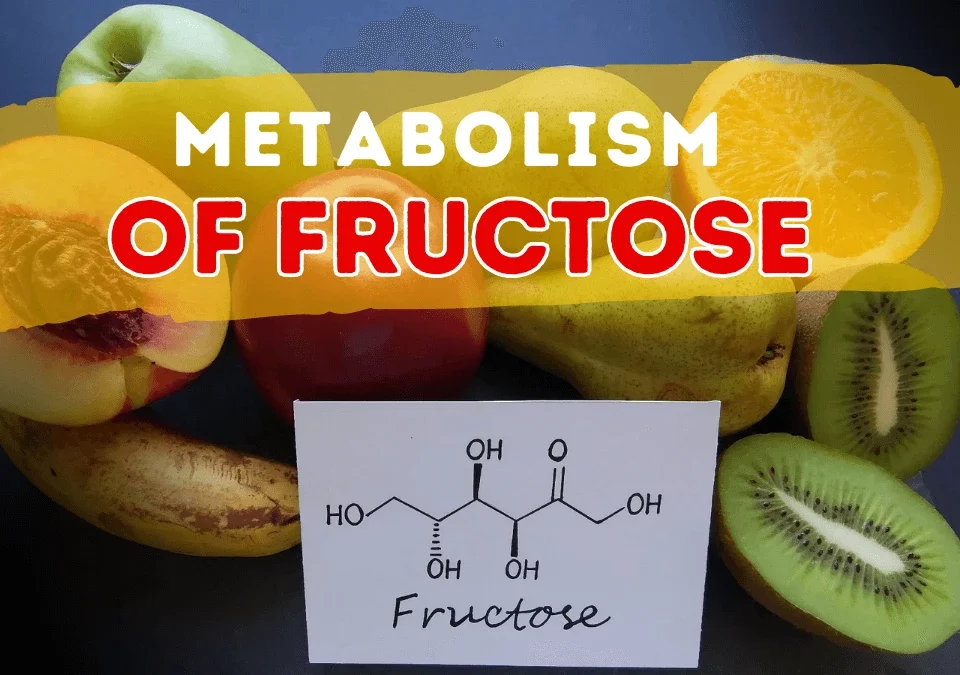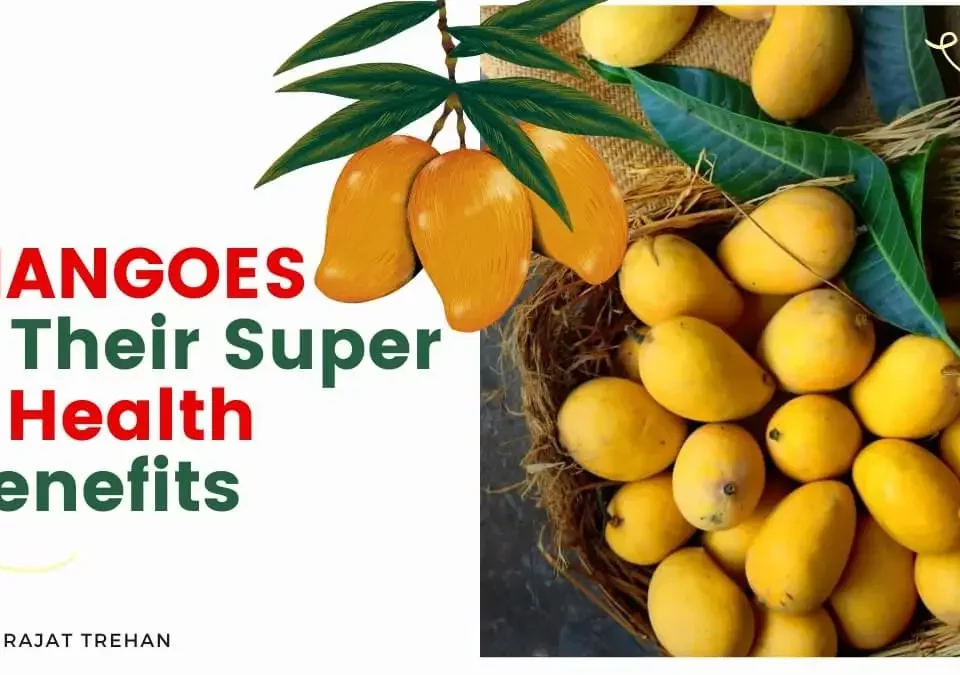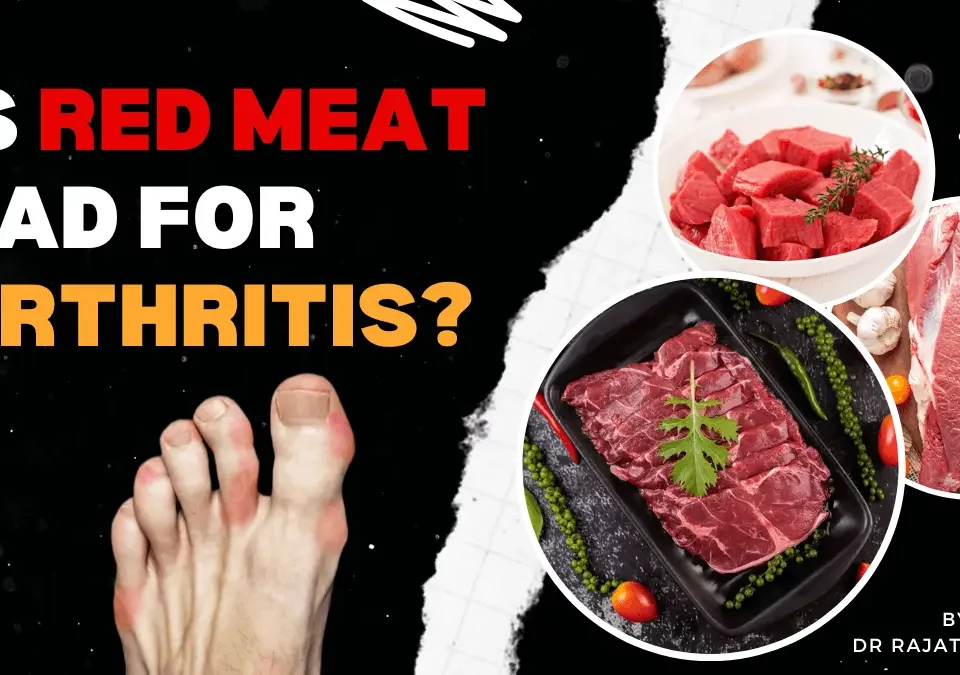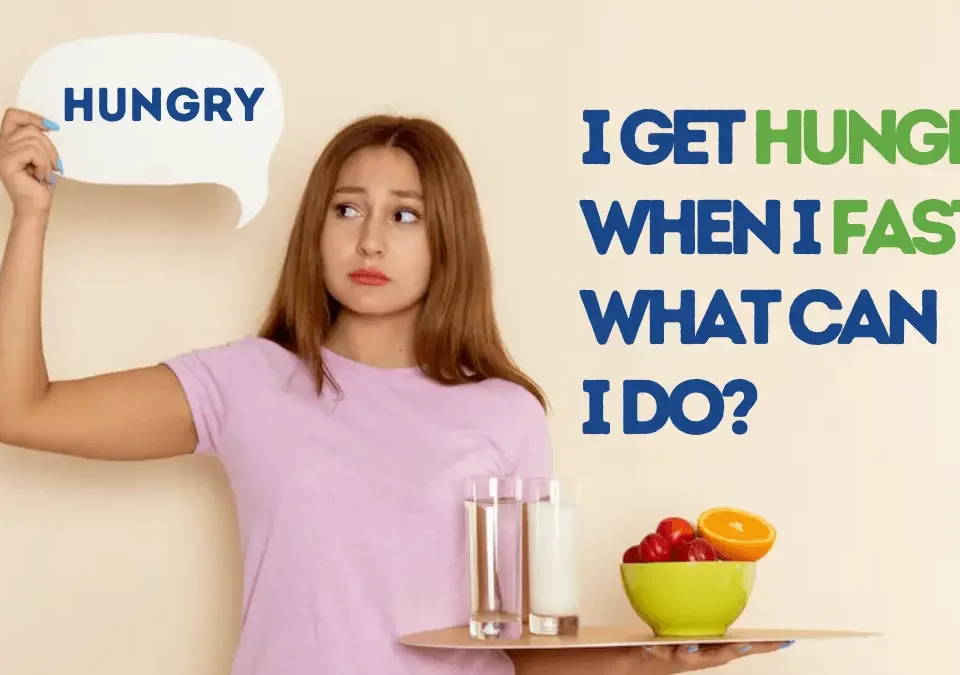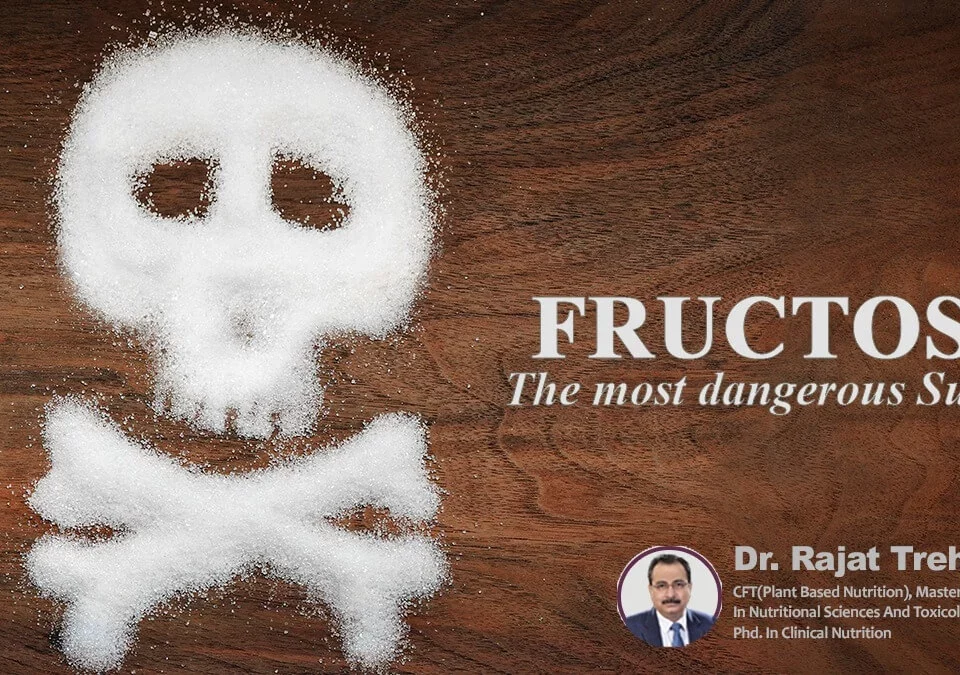3 Simple Tips to Help You Eat More Fruits
And Vegetables

Berberine vs Metformin
December 17, 2022
Garlic Extract Allicin Can Reduce Blood Cholesterol
January 7, 20233 Simple Tips to Help You Eat More Fruits And Vegetables
Studies show that most people fail to meet the minimum daily intake of fruits and vegetables. This is not surprising given that most people get only about 10 per cent of their calories from fruits and vegetables on any given day. A healthy diet that includes plenty of fruit and vegetables has many benefits, including helping to reduce your risk for heart disease, stroke, diabetes, and some types of cancer.
Fruits and vegetables are excellent sources of vitamins, minerals, fiber, and other important nutrients. They also tend to be low in calories; one cup of chopped fruit or raw vegetable is about 100 to 130 calories. Eating more fruits and vegetables will help you meet your recommended daily intake of vitamins A, C, and K, zinc, folic acid, iron, and beta carotene. If you’re struggling to get enough fruits and veggies in your diet these tips will help you eat more.
Include the rainbow in your diet
Different colours of fruits indicate their different properties. Each fruit and vegetable has its qualities and is consumed for its distinctive trait. Speaking of fruits, you should pay attention to what to include in your breakfast, lunch, dinner, and the light snacks in between. Different colours indicate different characteristics of fruits and vegetables and one should not forget to take them in the right amount for a healthy body. Let’s start with the colours of fruits and their distinctive properties.
Red fruits and vegetables contain lycopene in them. This helps protect the skin from sun damage
and certain cancers. Fruits and Vegetables that contain lycopene:
● Watermelon
● Red peppers
● Tomatoes
● Pink grapefruit
Orange fruits and vegetables contain beta-carotene. This helps in getting healthy skin by
converting it into Vitamin A. Some of the fruits and vegetables that contain beta-carotene are:
● Mango
● Sweet potato
● Carrot
● Squash
● Papaya
● Apricots
● Peaches
● Nectarines
Yellow fruits and vegetables contain carotenoids. This helps protect the eyes from damage and
helps reduce the risk of cataracts. Fruits and vegetables that contain carotenoids:
● Sweet corns
● Yellow peppers
● Yellow courgettes
Green fruits and vegetables are full of energizing chlorophyll. Some of them are:
● Broccoli
● Asparagus
● Kale
● Cucumbers
● Kiwi
● Avocados
● Green grapes
● Spinach
Purple fruits and vegetables are an excellent source of protective anthocyanins. They are
supposed to be anti-ageing superfoods. Some of them are:
● Red cabbage
● Blueberries
● Red grapes
● Plums
● Blackcurrants
● Aubergines
Simple tips to add more Fruits and Vegetables to your diet
Breakfast
It is important to start a day healthy and active to stay energetic throughout the day and not feel worn out after every 10 minutes. To start your day, have a good workout session. With a workout, you should be taking a good and balanced meal. For breakfast and after workout sessions, you can add a bowl of fruits and a small cup of juice to start your day. Try not to add extra sugar or salt to your juice and a big NO to the packaged juice, punch, or any fruit drink. For breakfast, you can eat melon, grapefruit, bananas, raisins, or blueberries. They are a good source of energy.
Lunch
Pack your lunch with some good nutrition. Have a fruit or vegetable salad along with your main meal. Add a piece of fruit to your meal or raw veggies and eliminate chips from your diet. Have a bowl of vegetable soup (if you are going to take a frozen or packaged soup, flip the container and check the amount of sodium in it. If the sodium concentration is low only then take it.)
Dinner
Add good nutrition to your dinner plate. Have a fruit and vegetable salad. Add some vegetables like onion, garlic, and celery to your stew, soups, rice, beans, or other sauces. It might seem overwhelming to you if you are a working person but you can work through it. Take out some time on the weekends and plan for a week. This will save you from a lot of hustle.
Conclusion
Whether it is for kids or adults, it is important to have a good and nutritious meal every time. Some cheat days are always fine. Just do not forget to give your body the time and attention it needs. Plan and give a kick start to your healthy yet yummy meals.

